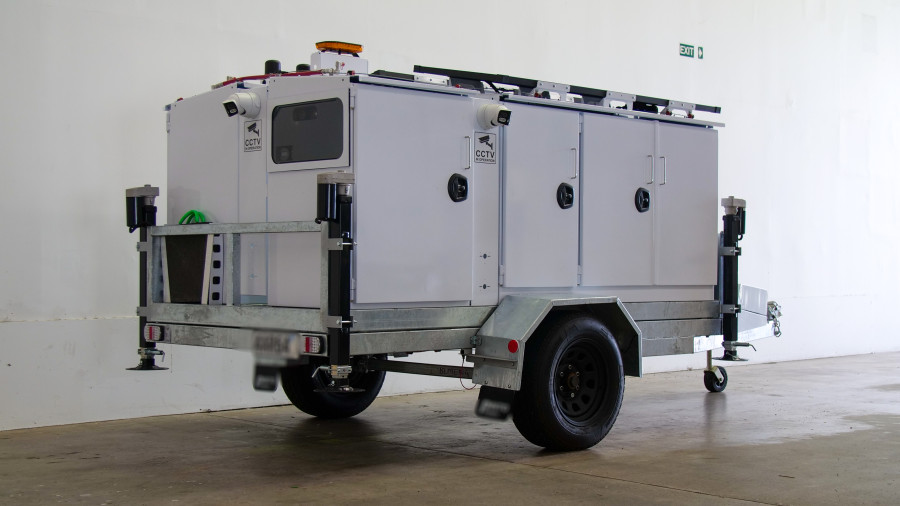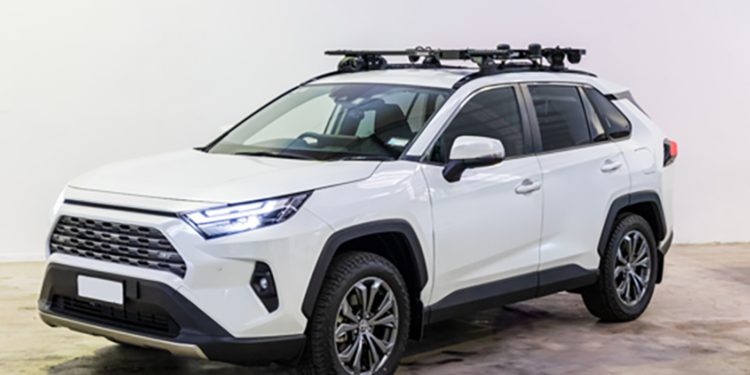NZTA’s new speed camera SUVs catch nearly 70,000 speeders in four months
New Zealand’s new fleet of mobile speed camera SUVs has caught almost 70,000 drivers breaking the law in its first four months on the road.
The unmarked New Zealand Transport Agency (NZTA) vehicles, which replaced police camera vans in May, are part of the agency’s new speed enforcement strategy after taking over the country’s road safety camera network.
According to figures released by NZTA, the SUVs detected 67,308 offences – including activation, infringement and traffic offence notices – between May 12 and August 21.
The offences generated $928,960 in fines, with all revenue going to the Government Consolidated Fund, not NZTA.
One vehicle recorded 5179 speeding offences, while another issued $104,270 worth of fines on its own.
‘Anytime, anywhere’ enforcement

There are now 34 camera-equipped SUVs operating nationwide, alongside mobile camera trailers. The new vehicles have been designed to blend into everyday traffic — resembling standard parked cars rather than clearly marked enforcement vans.
The cameras are deployed on what NZTA calls an “anytime, anywhere” basis, meaning drivers can be monitored across a wide range of urban and rural locations without warning.
NZTA’s head of regulatory strategic programmes, Tara Macmillan, said the new mobile cameras were being used strategically in high-risk areas.
“Mobile cameras will be used in places where there is a risk of people being killed or seriously injured in a crash,” she told 1News.
Read more – NZTA to use SUVs for speed camera deployment
“Evidence shows that unsigned mobile safety cameras are twice as effective at reducing crashes as sign-posted cameras. So, while our safety cameras in SUVs and trailers will be visible to drivers and will not be hidden, they won’t be signposted.”
Expanding the camera network
The mobile SUVs are part of a wider suite of new enforcement tools introduced by NZTA, including camera-equipped trailers and average-speed cameras being rolled out across the country.
Between July 1 and August 31, NZTA’s fixed cameras issued 79,364 infringement notices, generating a combined $4.78 million in fines during the agency’s first two months of operation.
Macmillan reiterated that the goal of the new system was road safety, not revenue.
“The evidence clearly shows that where safety cameras have been used in New Zealand and overseas, they reduce speeds and reduce the harm caused by crashes. Because of this, they’re proven to significantly reduce deaths and serious injuries,” she said.
“Speed can be the difference between death, a life-changing injury and walking away from a crash unharmed. Alongside other improvements, safety cameras will contribute to a transport system that protects us all.”
The rollout marks a major shift in how speed enforcement is managed in New Zealand, with NZTA now overseeing the network independently of police — and with data showing it’s already catching thousands more offenders.





